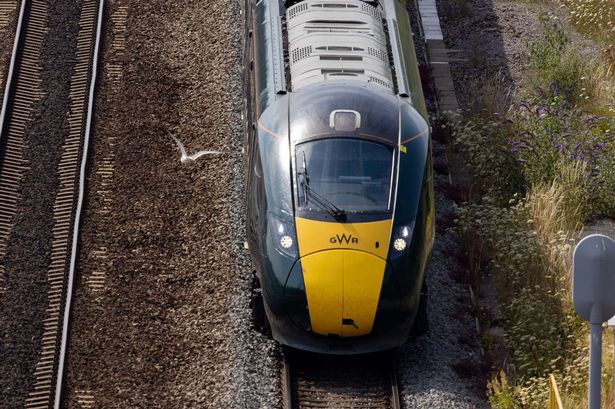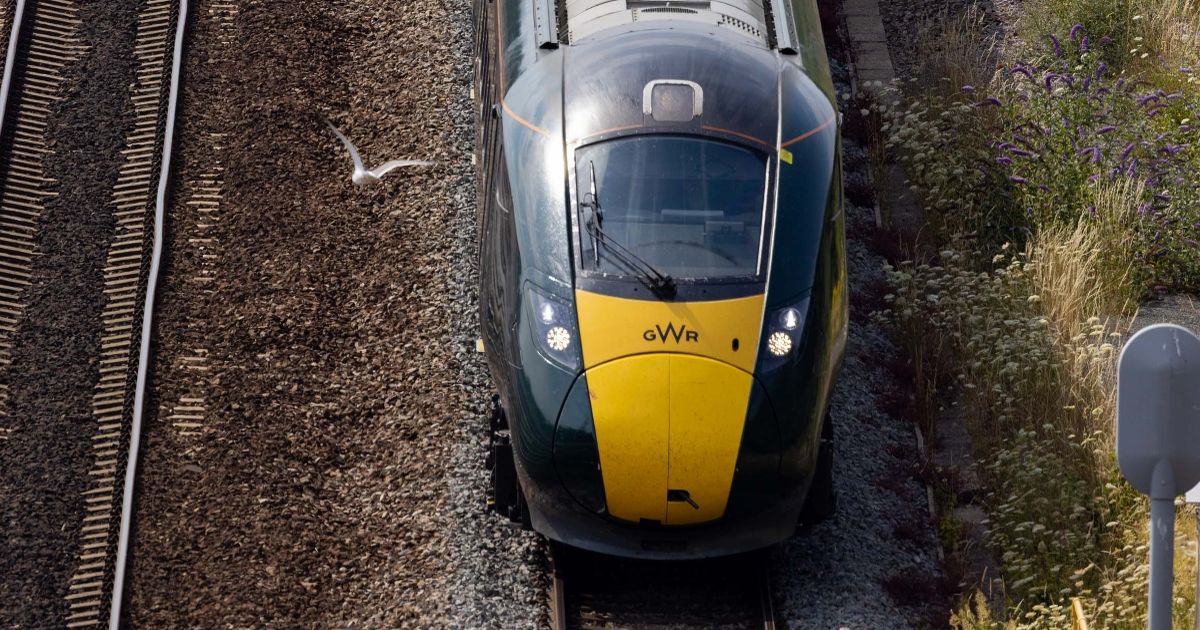Signal around Temple Meads should be boosted too
05:00, 26 Jun 2025Updated 07:03, 27 Jun 2025
 A GWR train in Bristol(Image: PAUL GILLIS / Reach PLC)
A GWR train in Bristol(Image: PAUL GILLIS / Reach PLC)
Rail passengers might finally be able to get mobile signal in a ‘black spot’ tunnel near Bristol.
The Chipping Sodbury tunnel has been identified among 57 locations along the country’s rail network, where people often complain of dropped calls or weak internet connections.
These mobile signal black spots will be eliminated thanks to a new deal between Government-owned Network Rail and telecoms companies Neos Networks and Freshwave, the Department for Transport (DfT) has said.
The new deal, named Project Reach, will initially see Neos Networks install 1,000km (621 miles) of ultra-fast fibre optic cable along parts of the East Coast Main Line, West Coast Main Line, Great Western Main Line and Chiltern Main Line.
There is an ambition to expand the cabling beyond 5,000km (3,107 miles) in the “near future”, the DfT said. Freshwave will tackle blackspots in 57 tunnels covering nearly 50km (31 miles).
As part of the deal, mobile network operators will also invest in new 4G and 5G infrastructure at these 12 railway stations: Birmingham New Street, Bristol Temple Meads, Edinburgh Waverley, Euston, Glasgow Central, King’s Cross, Leeds, Liverpool Lime Street, Liverpool Street, Manchester Piccadilly, Paddington and Waterloo.
The DfT said the agreement “brings together public and private sector investment and infrastructure”, and is expected to save taxpayers “around £300 million”.
Transport Secretary Heidi Alexander said: “This is a game-changer for passengers up and down the country, and will revolutionise journeys from Paddington to Penzance and Edinburgh to Euston.
“By boosting connectivity and tackling signal blackspots, we are also ensuring a more reliable and efficient service.
“This means better journeys for passengers while supporting our broader plan for change goals of economic growth and digital innovation.”
The installation of infrastructure under Project Reach is expected to begin next year and be completed by 2028.
